 Turnip sculptures amaze tourists in Qingdao
Turnip sculptures amaze tourists in Qingdao Chinese ship formation conducts live fire training in West Pacific
Chinese ship formation conducts live fire training in West Pacific
 China comes in third at figure skating team event
China comes in third at figure skating team event
 China's teenager skater Yan shines at his Olympic debut
China's teenager skater Yan shines at his Olympic debut
 Taiwan-born actor stars on US TV series
Taiwan-born actor stars on US TV series
 Chinese Lunar New Year gift from abroad
Chinese Lunar New Year gift from abroad Chinese champions of Winter Olympic Games
Chinese champions of Winter Olympic Games  Zhang Yimou fined 7.48 mln for over-production
Zhang Yimou fined 7.48 mln for over-production
 Top 10 timeless female Chinese stars
Top 10 timeless female Chinese stars
 |
| (file photo) |
Last year, the production and sales of automobiles in China reached 20 million, setting a new world maximum. What were the new features of China's auto market in 2013?And will the auto market have double digit growth in 2014?
Young consumers make on-line purchase popular
According to research by Autohome, a popular automobile website in China, in the first ten months of 2013 the sales of passenger cars grew steadily. It is noteworthy that the sales of mini SUV increased by almost 100% on a year-to-year basis, contributing the biggest share to the overall sales growth of SUV. Autohome believes that the sales surge is mainly due to the growing number of younger buyers. In future, the mini SUV might well increase competition with compact cars and small cars.
2013 also saw a rapid development in on-line car sales. During the Double 11 on-line shopping spree (an on-line shopping festival on November 11 in China), large scale on-line selling of cars was conducted by automobile websites as well as standard E-commerce websites.
More cities may adopt car purchasing restriction policies
Since December 16, 2013, a car purchasing restriction policy has been adopted in Tianjin. Tianjin residents have to buy a new car through a car registration lottery or by auction. When the news was first released, all the inventories of 4S stores in Tianjin were sold out overnight as people hurried to buy a car before the policy came into force.
According to the "Operation Report on China's industries and communication services in 2013" issued by the Ministry of Industry and Information on December 30, 2013, more cities may adopt car purchasing restriction policies due to the increasing pressures on energy, traffic and air quality.
Chinese-branded cars are hit
According to statistics from National Passenger Car Information Exchange Association, in 2013, monthly car sales grew by more than 30% on a year-to-year basis in first-tier cities like Tianjin, Nanjing, Wuhan and Shenzhen, and the rush to buy lasted to the end of the year. Many of the sales were advance customers motivated by the expectation of purchasing restriction policies.
Statistics released by China Association of Automobile Manufacturers (CAAM) suggest that after the adoption of a car purchasing restriction policy in Beijing, the average unit price of cars increased 88%, while the market share of cars with a discharge capacity lower than 1.6L declined 17%. A representative of CAAM explained that as registration plates became scarce resources, buyers tended to opt for more expensive middle and top range cars with a large discharge capacity, which would also exert a negative influence on the development of Chinese-branded car.
Dong Yang, deputy secretary general of CAAM, said that after the adoption of car purchasing restriction policies in Beijing, Shanghai and Guangzhou, the market share of Chinese brand passenger cars dropped to about 10% in those cities, far below the national average of 32%.
The expectation of car purchasing restrictions causes erratic demand surges
To date, six cities have adopted car purchasing restriction policies.
Dai Hong, general manager of Carbay Information Technology (Beijing), forecast that in 2014 the passenger car market of China will grow by 15%. Many cities have adopted or are preparing to adopt car purchasing restriction policies, which have resulted in erratic demand patterns among buyers, many of whom now see a car registration as an investment.
In the long run, due to increasing incomes and consumption and the improvement of infrastructure and relevant policies, the automobile industry will still have plenty of room for development.
The article is edited and translated from《2014,车市还能两位数增长吗?》, source: People's Daily, author: Wang Xi and Zhou Wenlin.
 Special Coverage: Sochi Winter Olympic Games
Special Coverage: Sochi Winter Olympic Games  A day of a female high-speed train chief attendant
A day of a female high-speed train chief attendant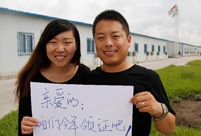 New Year greetings from Chinese nationals in Africa
New Year greetings from Chinese nationals in Africa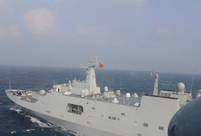 PLA navy conducts landing drills in South China Sea
PLA navy conducts landing drills in South China Sea 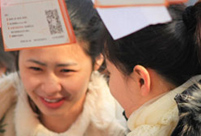 Blind date fair in Hangzhou
Blind date fair in Hangzhou 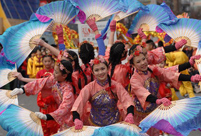 Highlights of Chinese New Year celebrations around the world
Highlights of Chinese New Year celebrations around the world 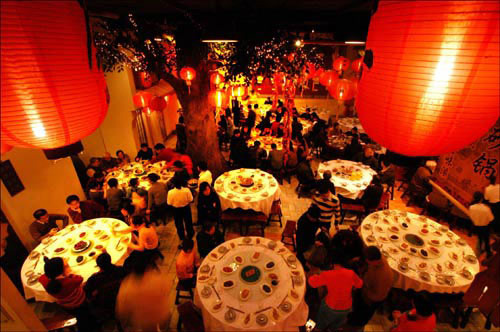 How do the Chinese spend their money during Spring Festival?
How do the Chinese spend their money during Spring Festival? 'Milk Tea' girl hosts Spring Festival gala of universities in U.S.
'Milk Tea' girl hosts Spring Festival gala of universities in U.S. 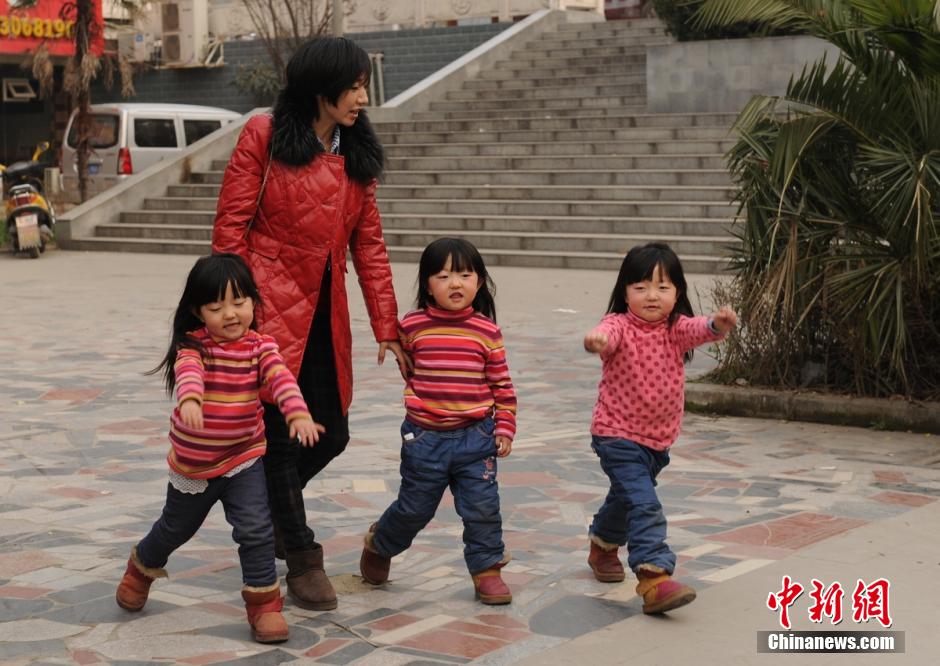 Brave mother fights cancer, enjoys Spring Festival with her triplets
Brave mother fights cancer, enjoys Spring Festival with her triplets President Xi attends opening ceremony of Sochi Winter Olympics
President Xi attends opening ceremony of Sochi Winter Olympics Highlights of opening ceremony of Sochi Winter Olympic Games
Highlights of opening ceremony of Sochi Winter Olympic Games Snowscape in Chinese New Year
Snowscape in Chinese New Year Interesting horse figures in life
Interesting horse figures in life  Top 20 most beautiful Chinese stars
Top 20 most beautiful Chinese stars  Top 10 Chinese films in 2013
Top 10 Chinese films in 2013Day|Week|Month